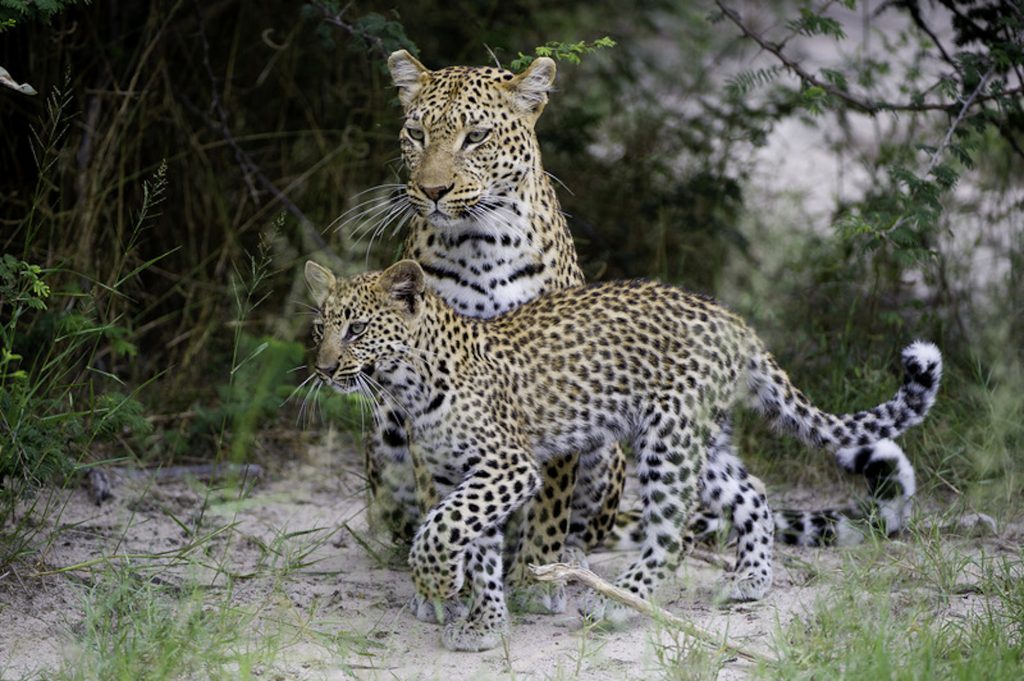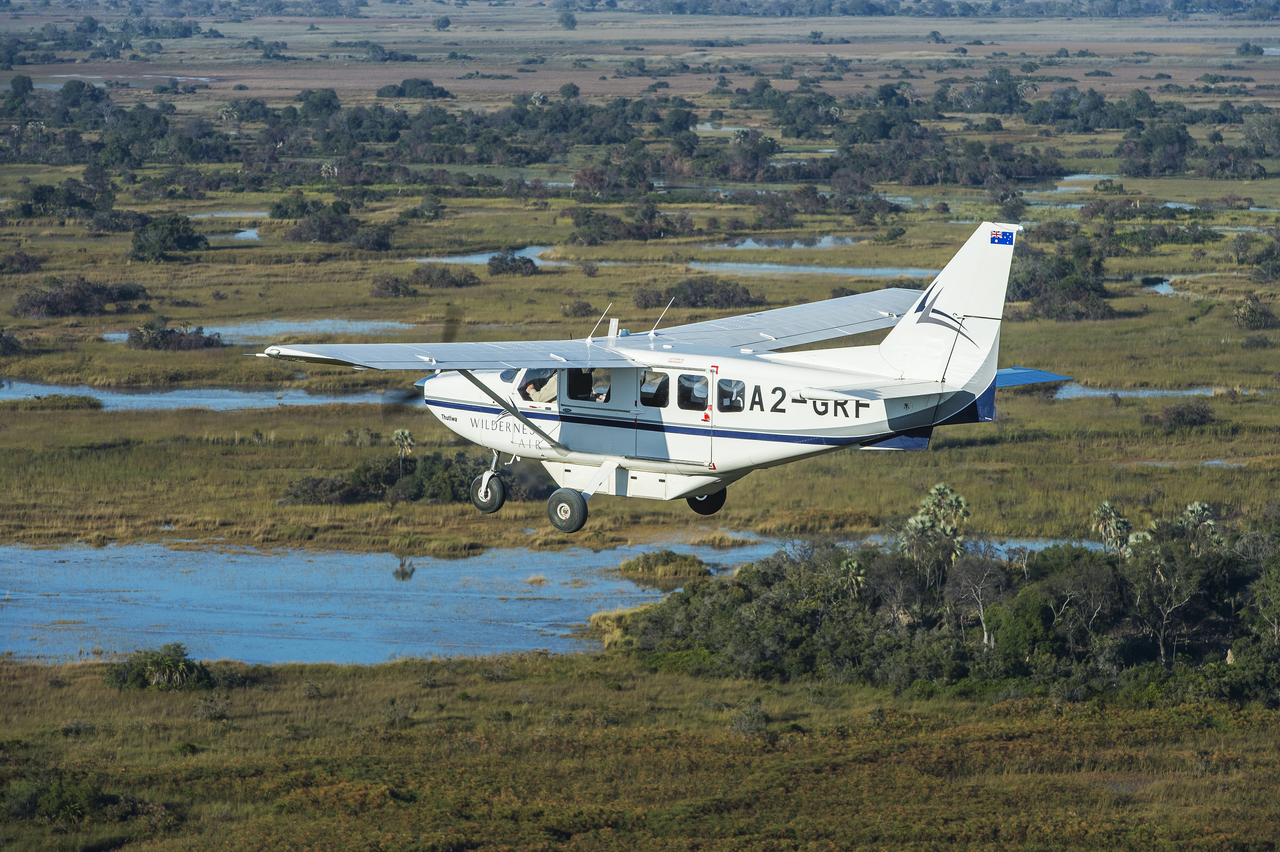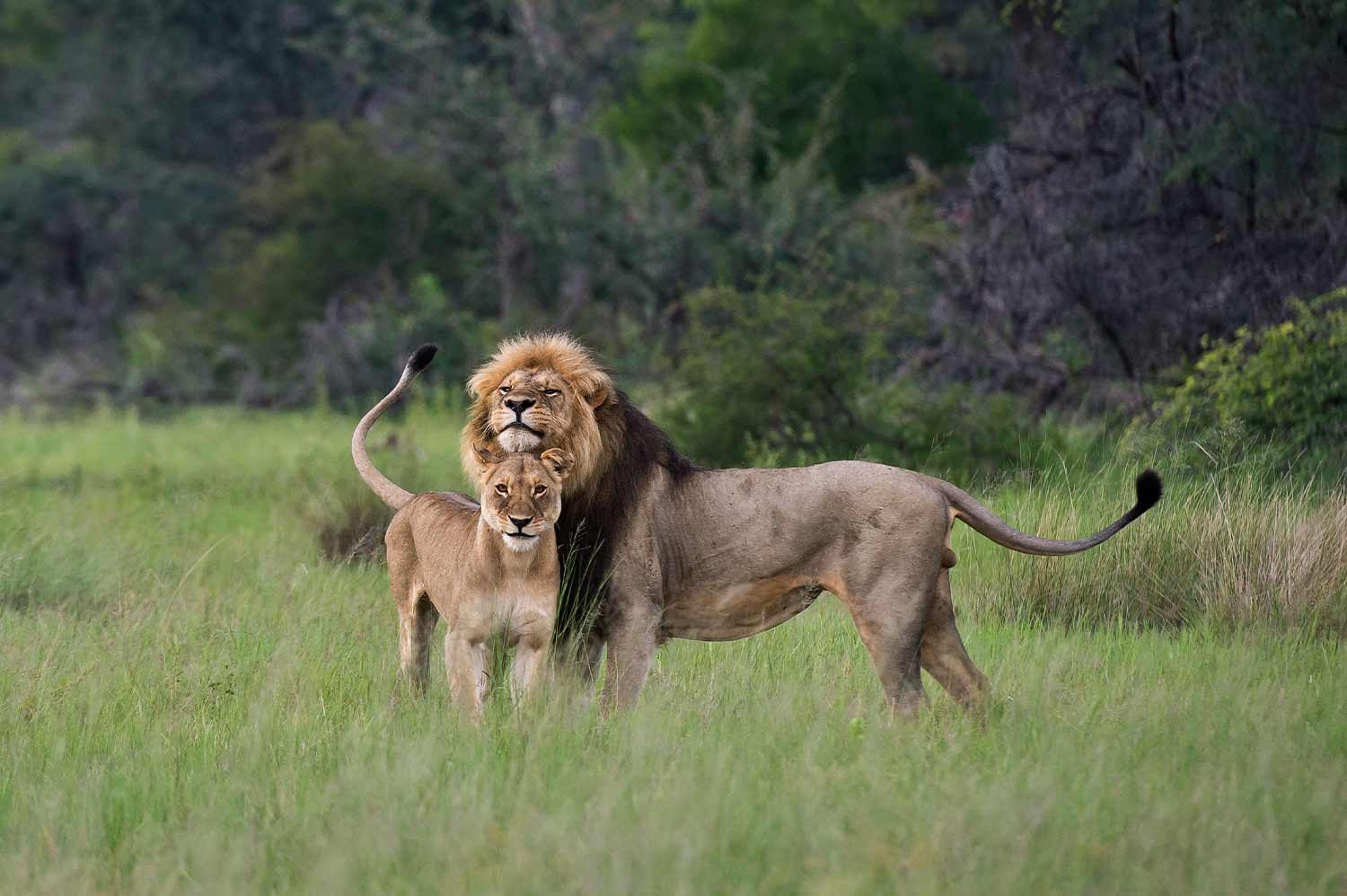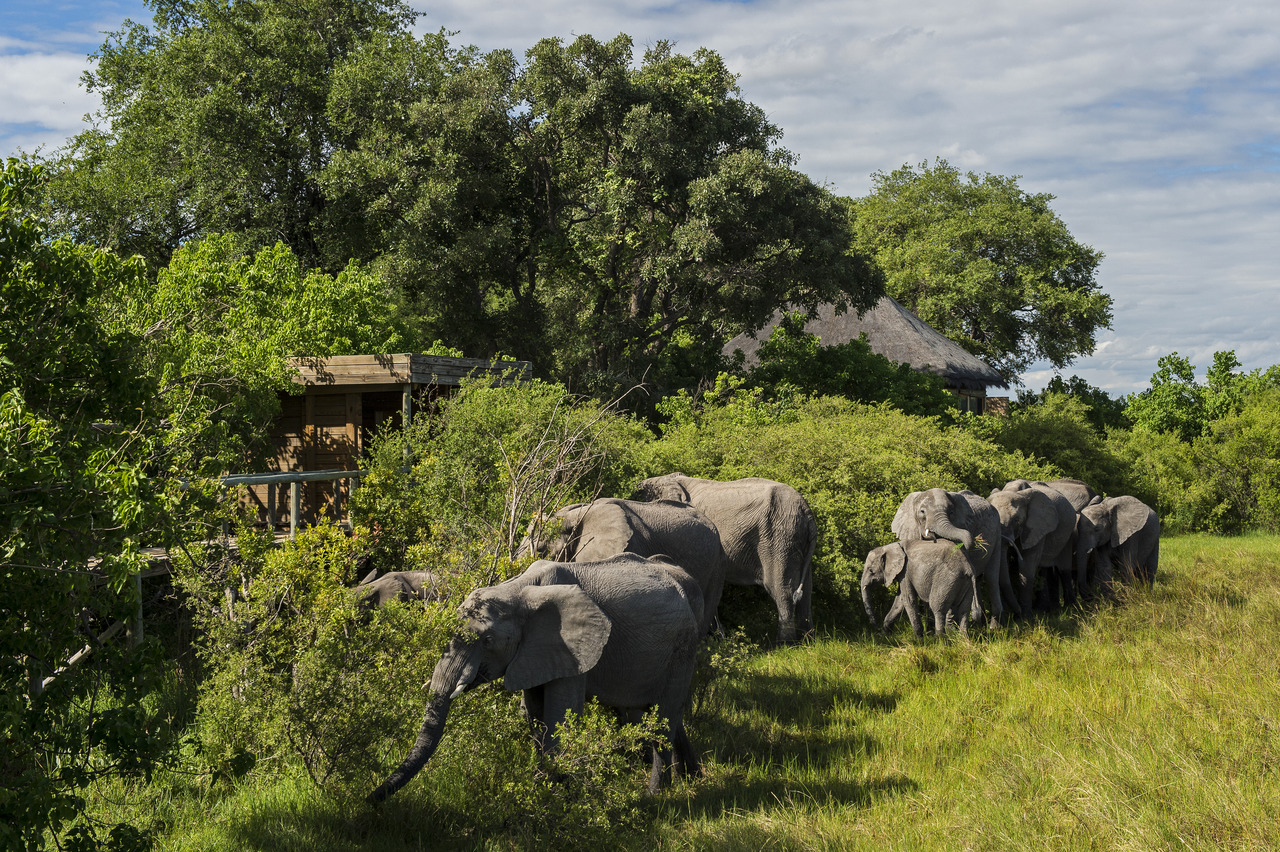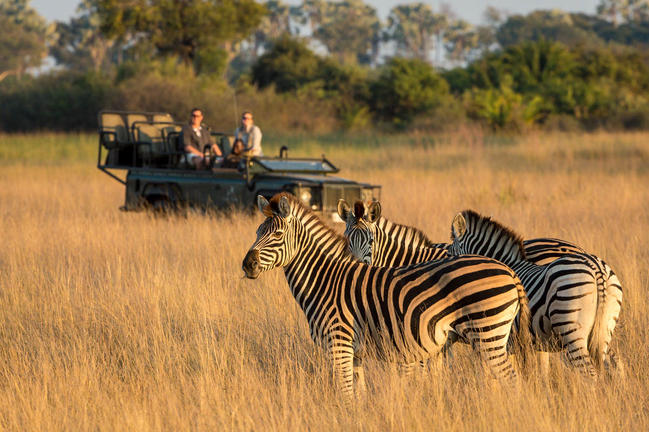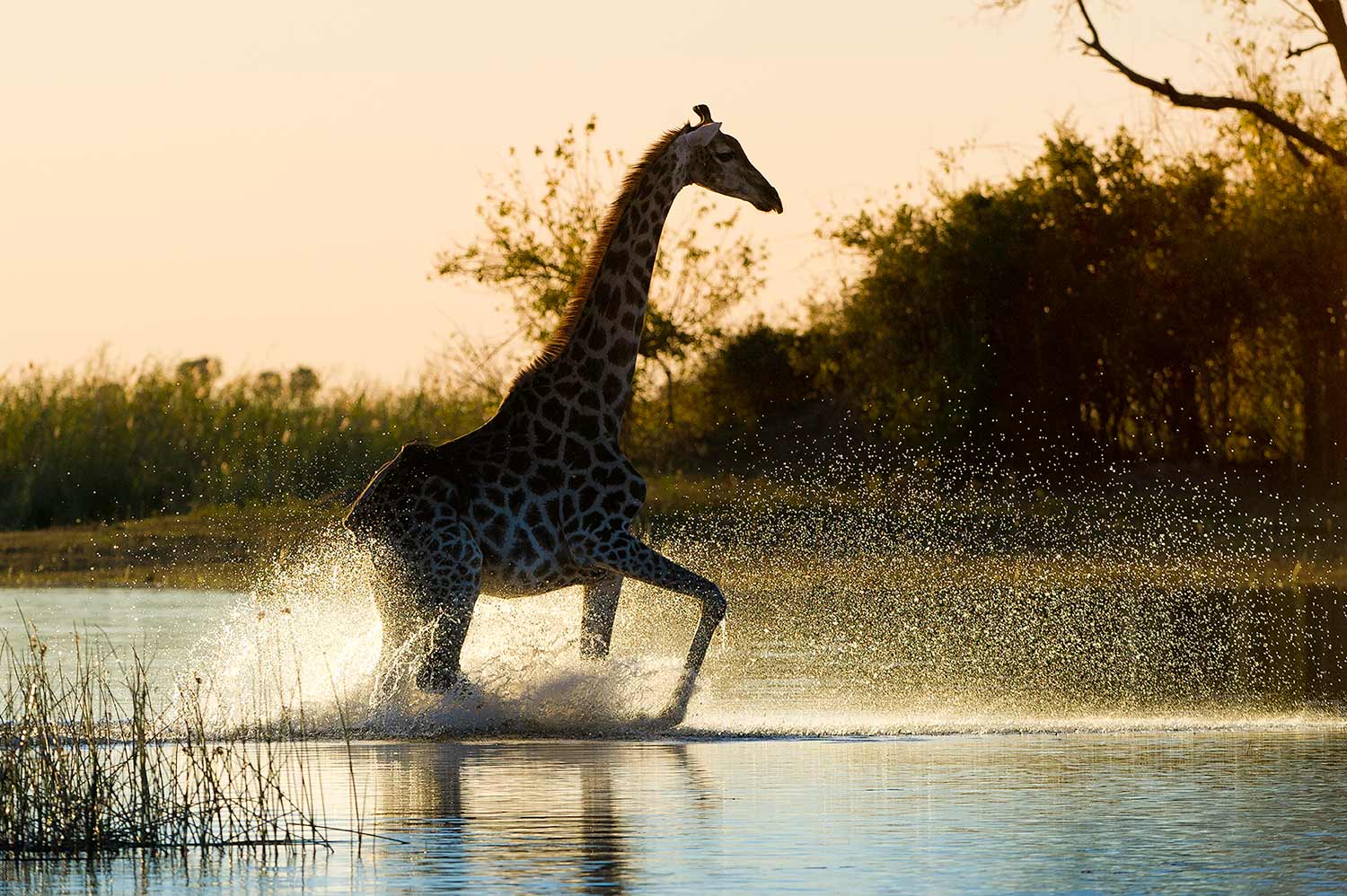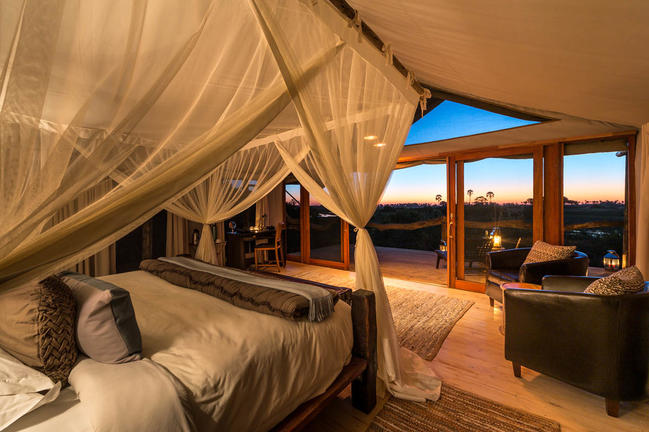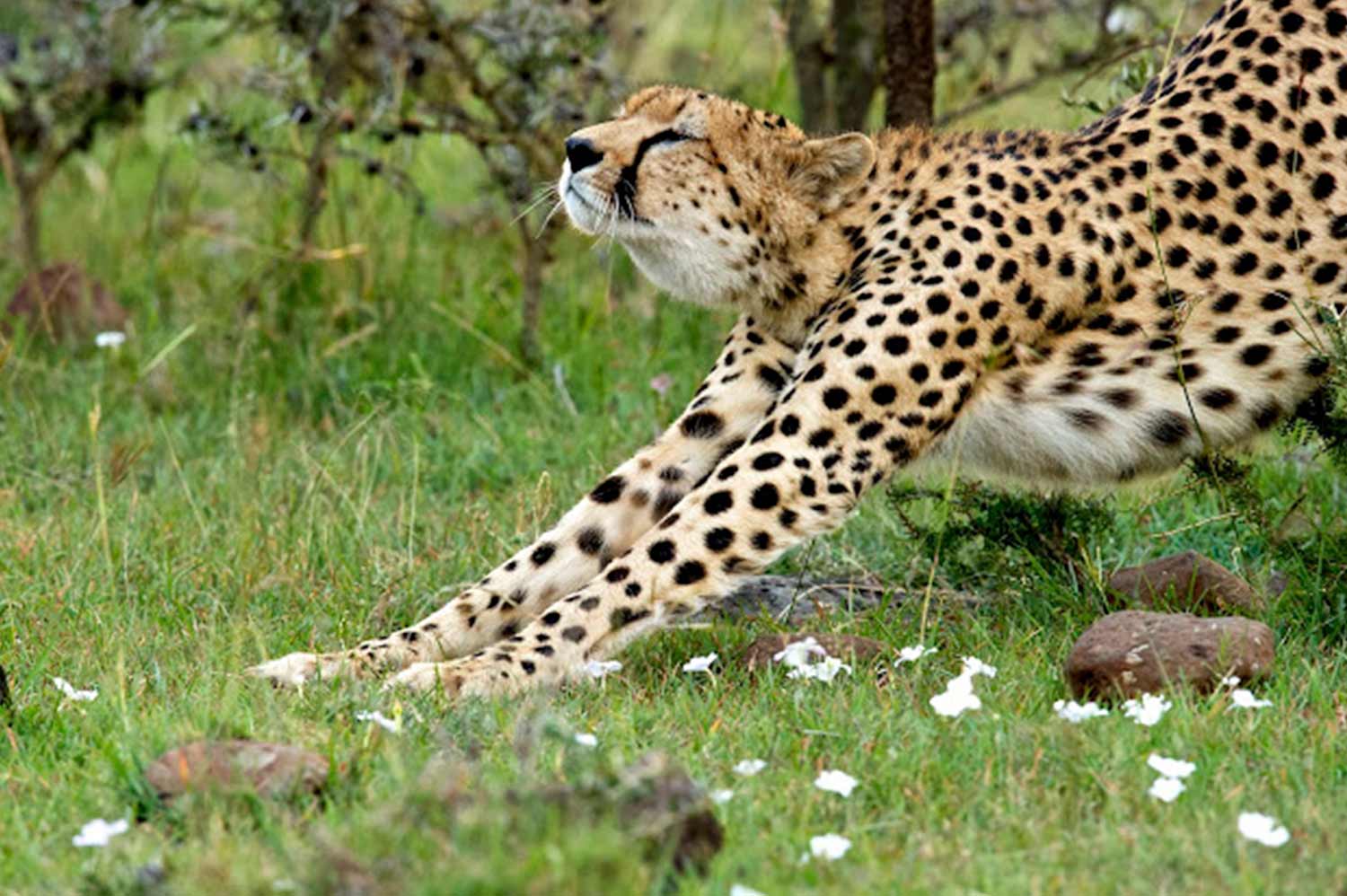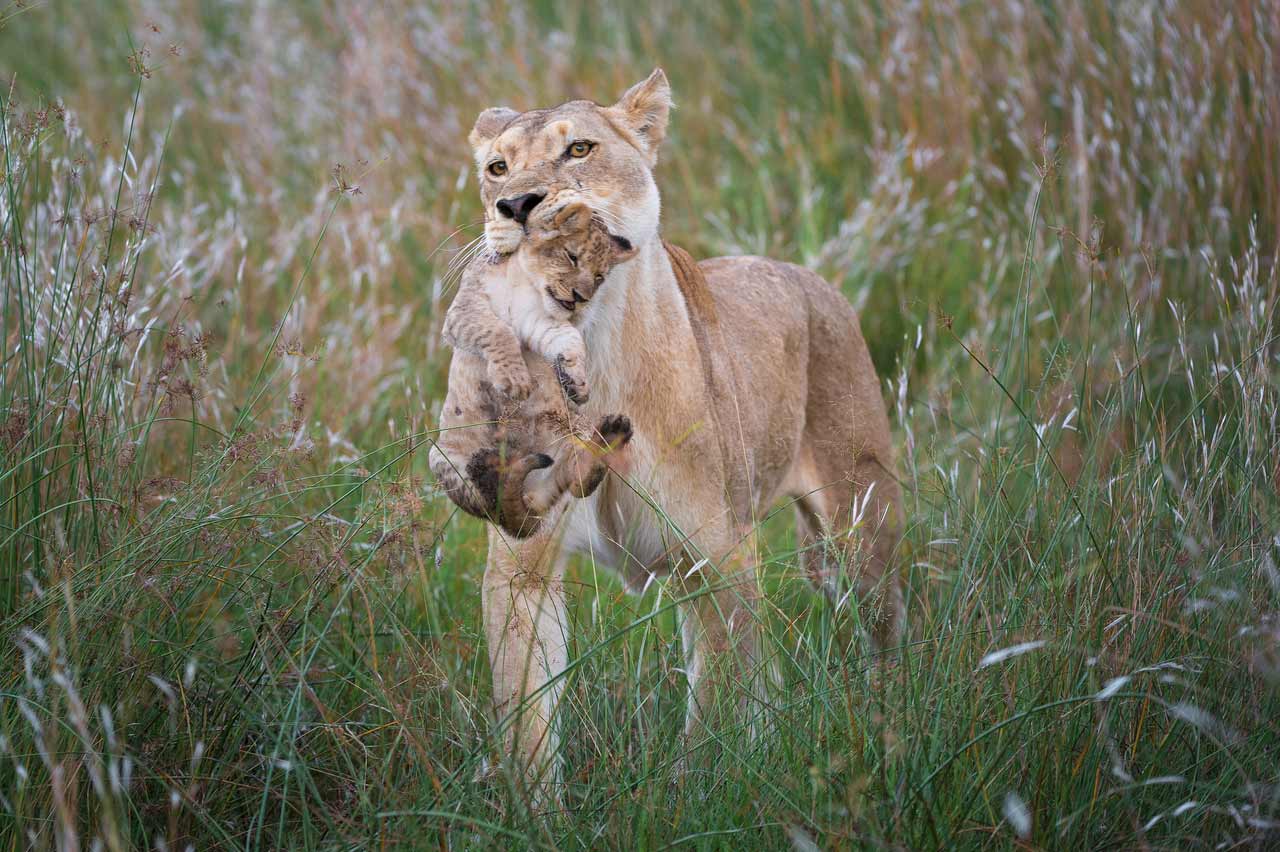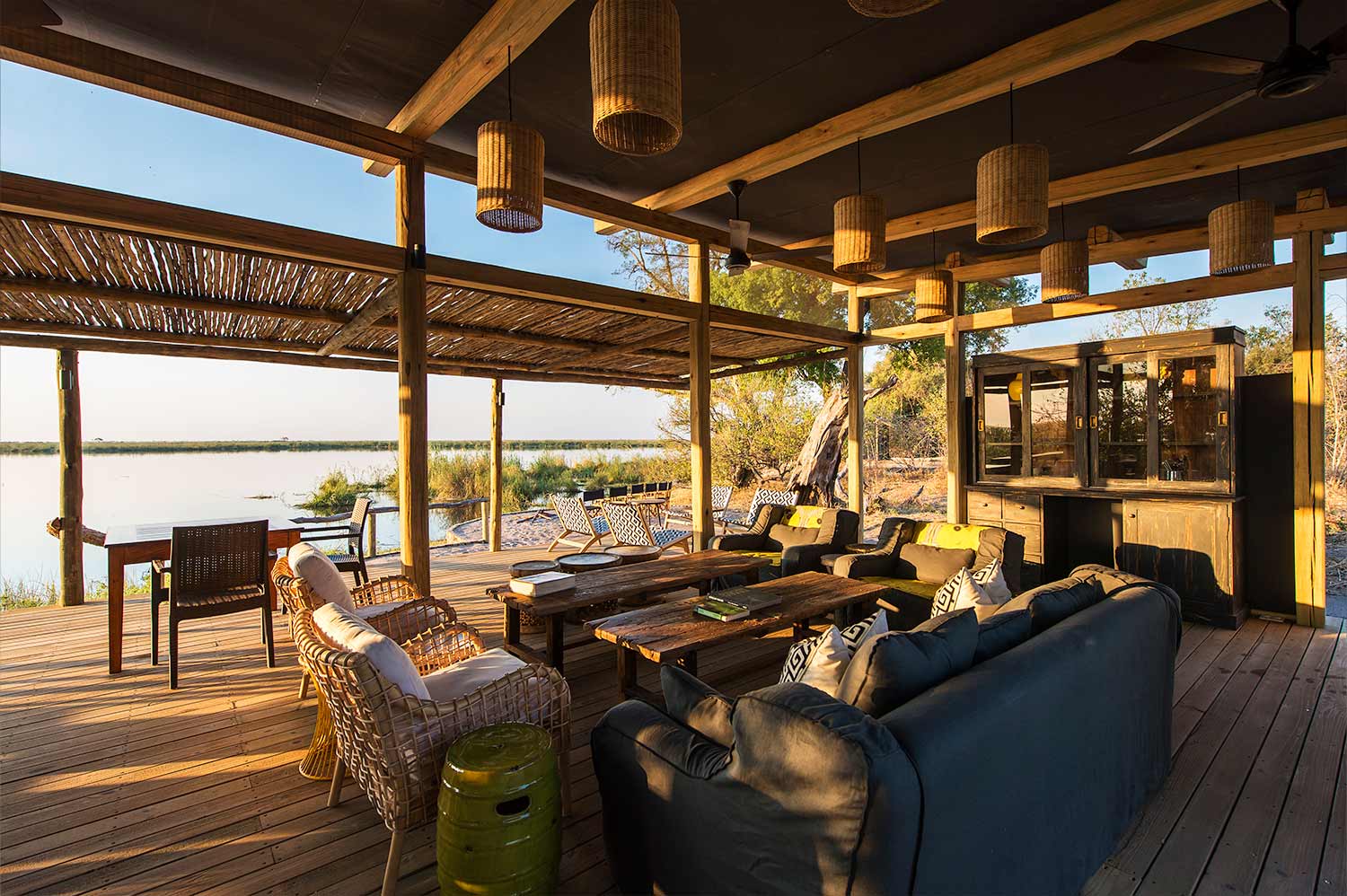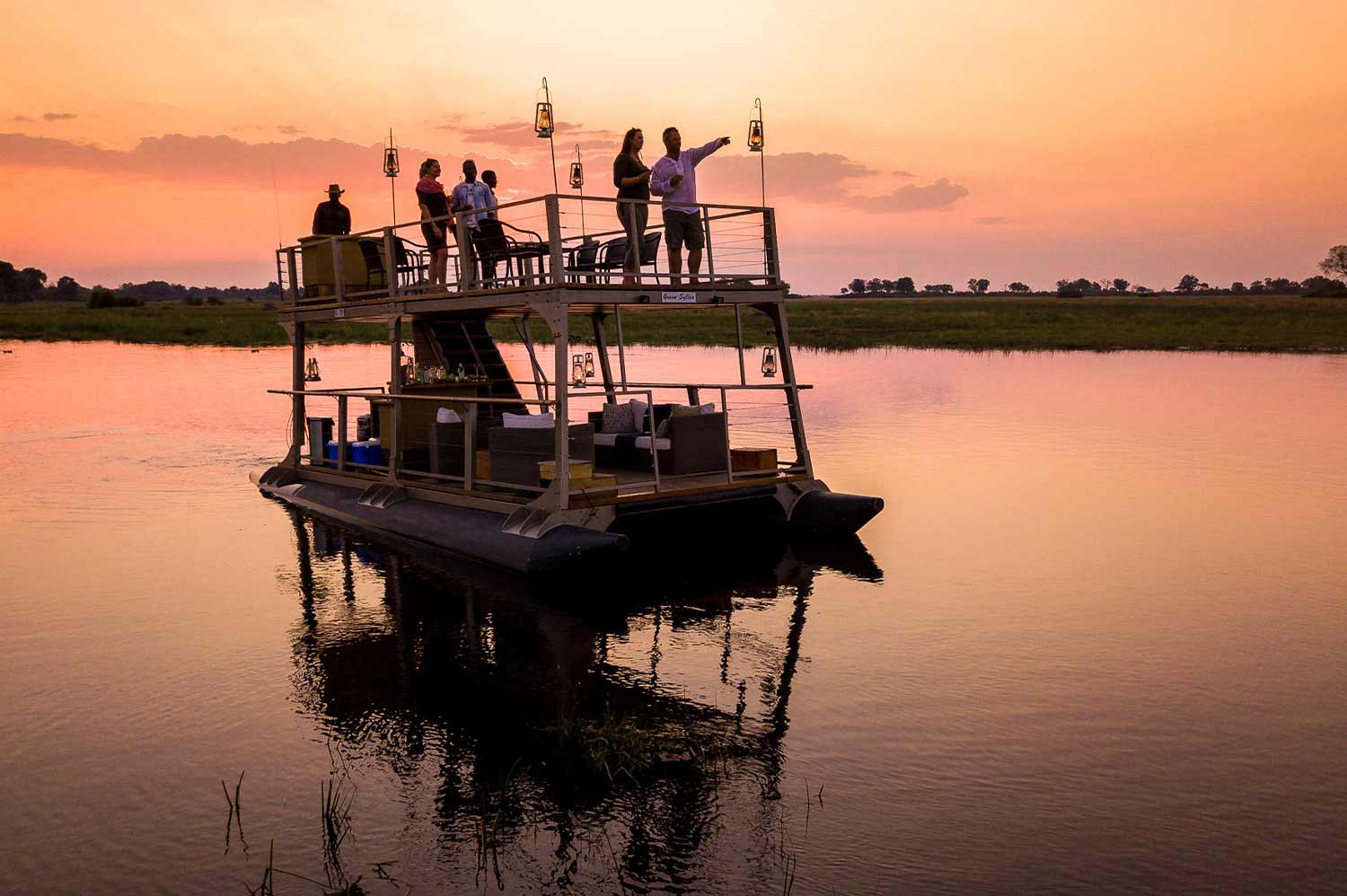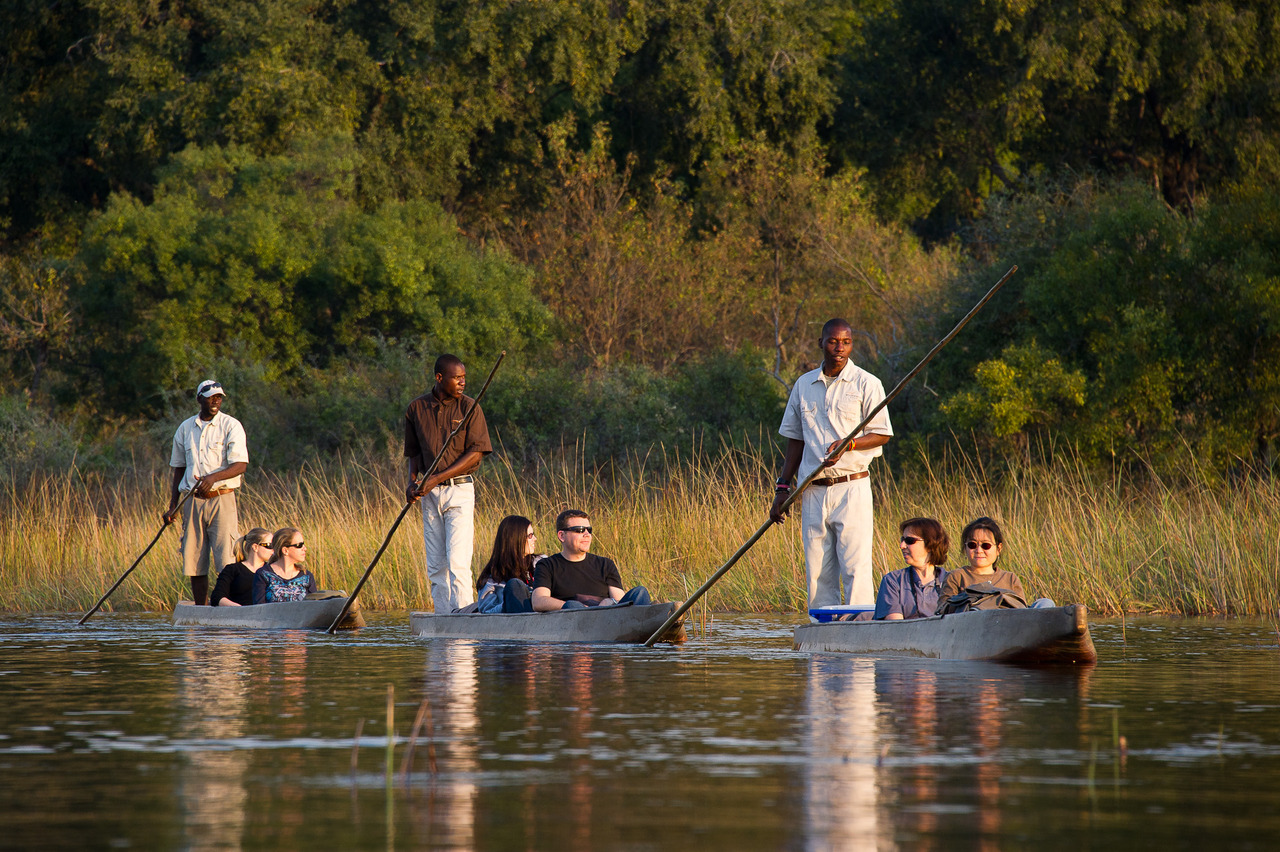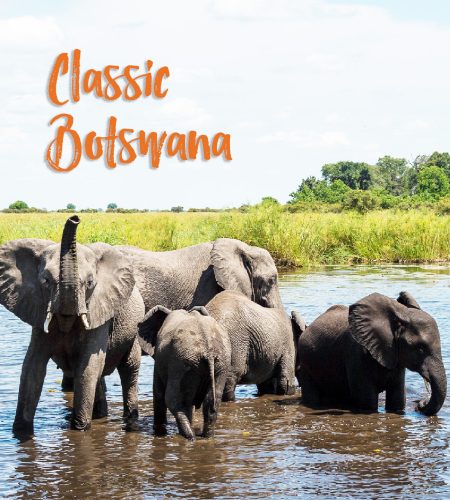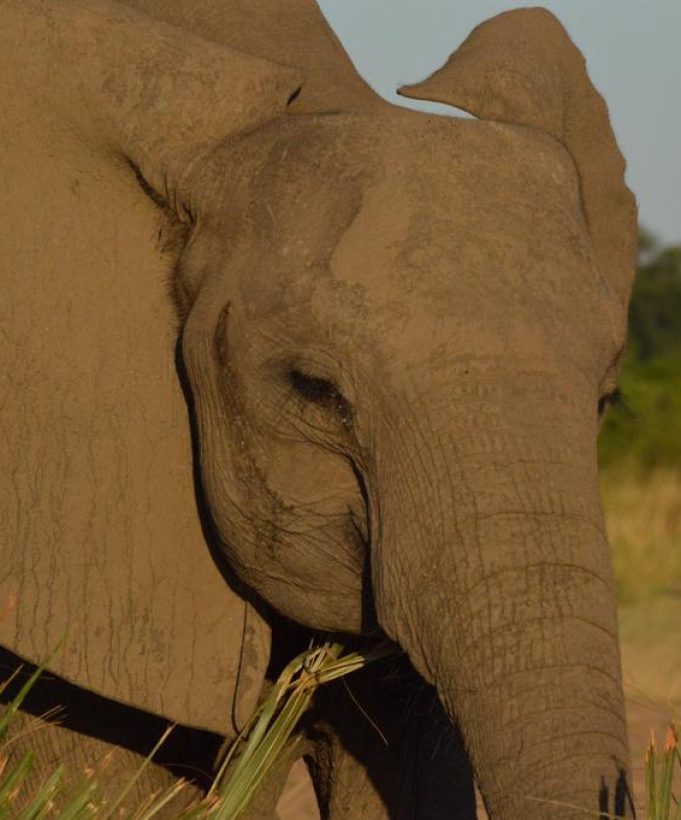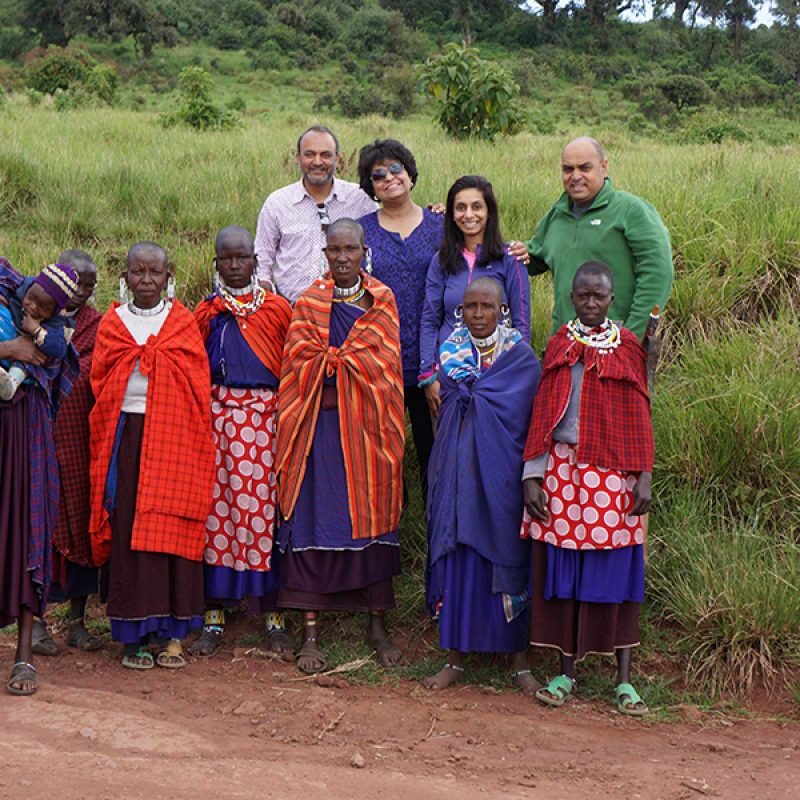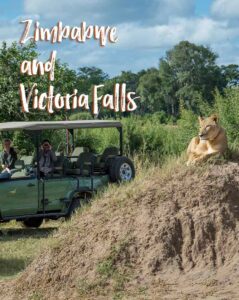South Africa and Botswana Safari
Botswana is Mother Nature’s greatest theater: an epic performance of wild drama on a truly breathtaking scale. Rain writes the script, perennially transforming the dusty red desert into lush swamps, immense floodplains, and vibrant savannas. Hippos cover entire riverbeds, hundreds of elephants arrive on cue, and majestic big cats deliver chilling theatrics.
South Africa is home to rugged mountain ranges, beautiful beaches and vast savannah teeming with wildlife. Johannesberg offers a glimpse into South Africa‘s political past, while the Winelands provide a chance to sample local wines. Relax on the beaches of Cape Town or go on a safari to spot the African ‘BIG5‘. Xplorearth Travel Experts can help you plan the perfect luxury vacation in South Africa, with itineraries that allow you to explore at your own pace.
